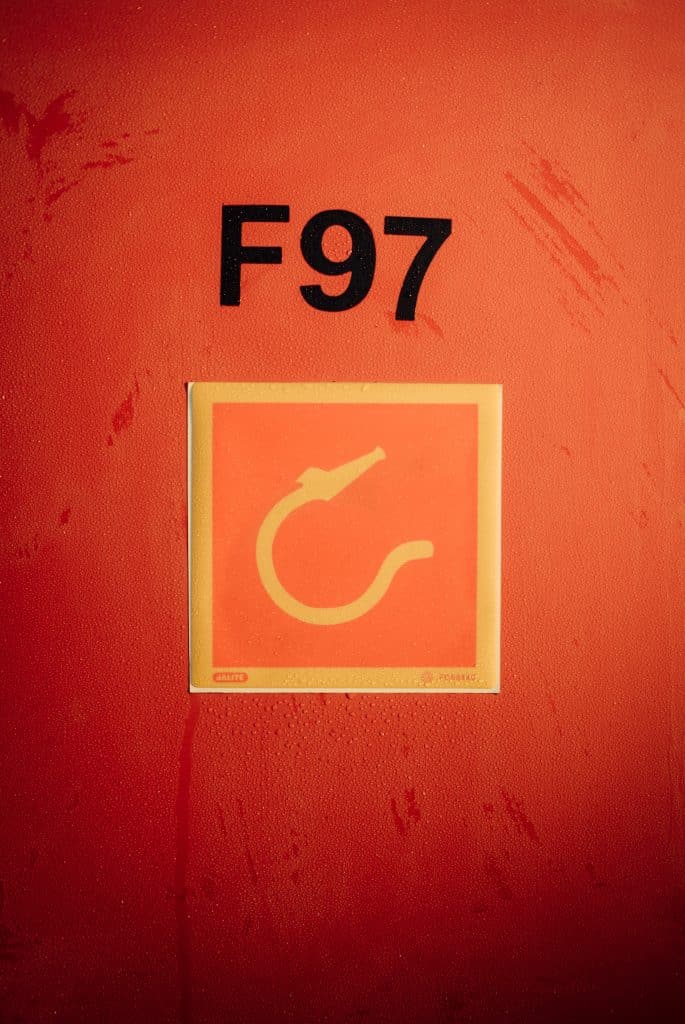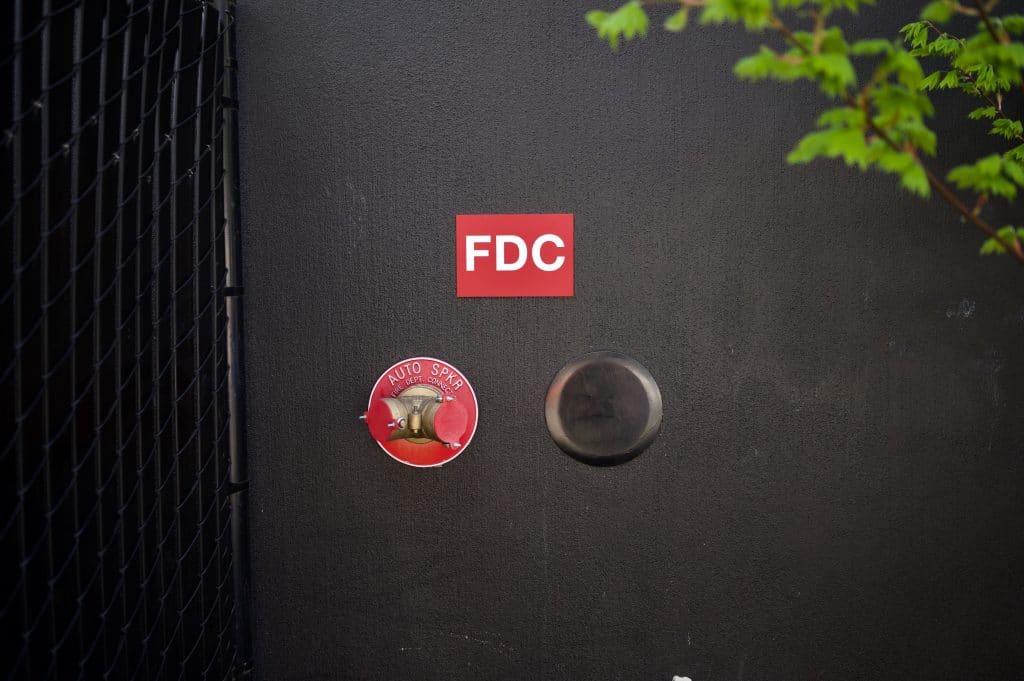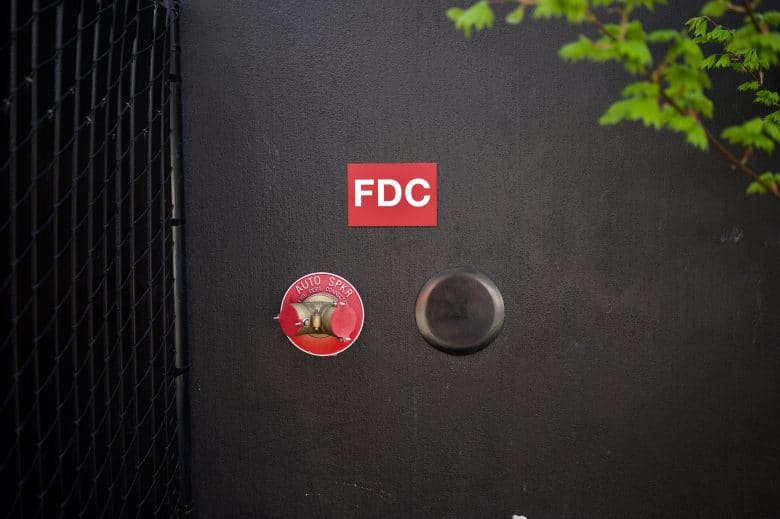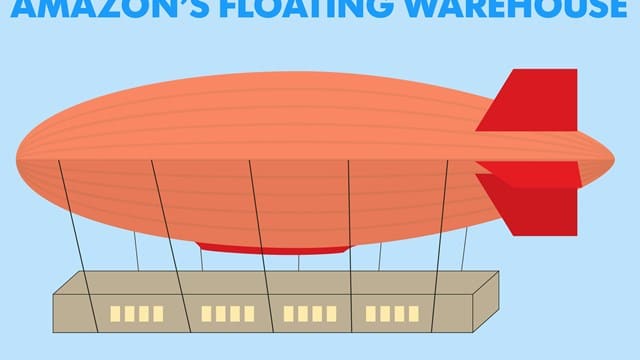Fire safety and regulations are taken very seriously in Australia. The Australian government has laid down several fire safety regulations for commercial and residential buildings to avoid property damage, data loss, and life loss to fire hazards.
The Australian government considers workplace safety an essential factor for all businesses, regardless of size, structure, or industry. To ensure a safe work environment, the government has deployed expansive rules and checklists that all commercial buildings and management must follow.
Fire Hose Reel – the First Defense Against Fire Hazards

Fire hose reels are mainly used to combat Class A fires and are considered the first line of defence against fire hazards. Building occupants can use it to control the fire and escape till emergency services arrive on sight. This fire control and safety equipment is located in easily accessible areas and releases water in controlled measures to douse the flames.
According to fire hose reel regulation NSW, the hose reel must be installed near all emergency exits. Moreover, it must be installed so that people can use it as a guide to exit the building in case there is reduced visibility due to overwhelming smoke.
Different kinds of fire hose reels are available for various purposes. However, regulations mandate that a standard fire hose reel must be 36 metres long when extended completely and designed to discharge 0.45 litres of water every second. According to flow requirements, the regulations state that once the line is activated, the water stream must be four-metre long from the fire hose reel nozzle.
All fire hose reels installed in commercial and residential buildings must be serviced biannually or annually to maintain them in optimum condition. You can install a fire hose reel indoors or outdoors, depending on the location of the building and the fire hydrant.
What Are the Current Fire Hose Reel Regulations and Standards in NSW?
Australian fire hose reel standards state that the hose reels must only be used to stop the fire from spreading and not for any other commercial purpose. However, emergency services must be called immediately to control the damage if it is deemed that the fire hose reels cannot control the flames.
All residential and commercial structures must comply with Australia’s three relevant fire hose regulations. These are
Australian Standard AS/NZS1221
This code is associated with the design, manufacture, and assembly of fire hose reels. As stated before, this standard specifies that a standard 19mm fire hose reel must release a minimum of 0.45 litres of water per second at 220kPa pressure.
Apart from this, the separate parts of the fire hose reel and the assembled equipment must undergo rigorous testing to comply with this standard. To ensure optimum compliance, the buyers are asked to use only AS 1221 approved spare parts when replacing or repairing a non-functional hose reel.
Australian Standard AS2441
This benchmark is about “system coverage” for the fire hose reel. According to the standard, fire hose reels must be placed in an area close to the emergency exit, which is also easily accessible by the occupants of the building.
The water stream on release must be at least 4 metres long from the nozzle, and the standard also determines whether a building needs to install internal fire hydrants. This law primarily deals with the placement of the fire hose reel to ensure that it can be used quickly to handle a sudden fire breakout.
Australian Standard AS1851:
The AS1851 standard solely deals with inspecting and maintaining fire hose reels. According to this fire hose reel regulation NSW, all hoses must be inspected once or twice a year. The findings must be recorded in the Annual Fire Safety Statement as well. In addition, all fire extinguishers and hose reels must have a maintenance record sheet showing when the equipment was last inspected or serviced.

How Are These Standards Benefitting Your Workplace?
The sole aim of these fire hose reel regulations set down by the Australian government is to prevent life loss, property damage, and data loss. Standards and regulations ensure that critical equipment like fire hydrants, extinguishers, and reels are installed correctly and maintained in top conditions to control fire breakout.
These laws are in place to provide a safe work environment and protect businesses. Without a universal set of laws, fire safety rules and regulations would differ from one organisation to another, creating confusion and chaos and increasing the risk of fire hazards.
It is handy to have a comprehensive checklist to comply with optimum fire safety standards. Following these regulations and standards will keep your business and employees safe and protected from fire accidents. Moreover, the management will not be liable for any untoward incidents on the premises due to a fire hazard.












Leave a Reply